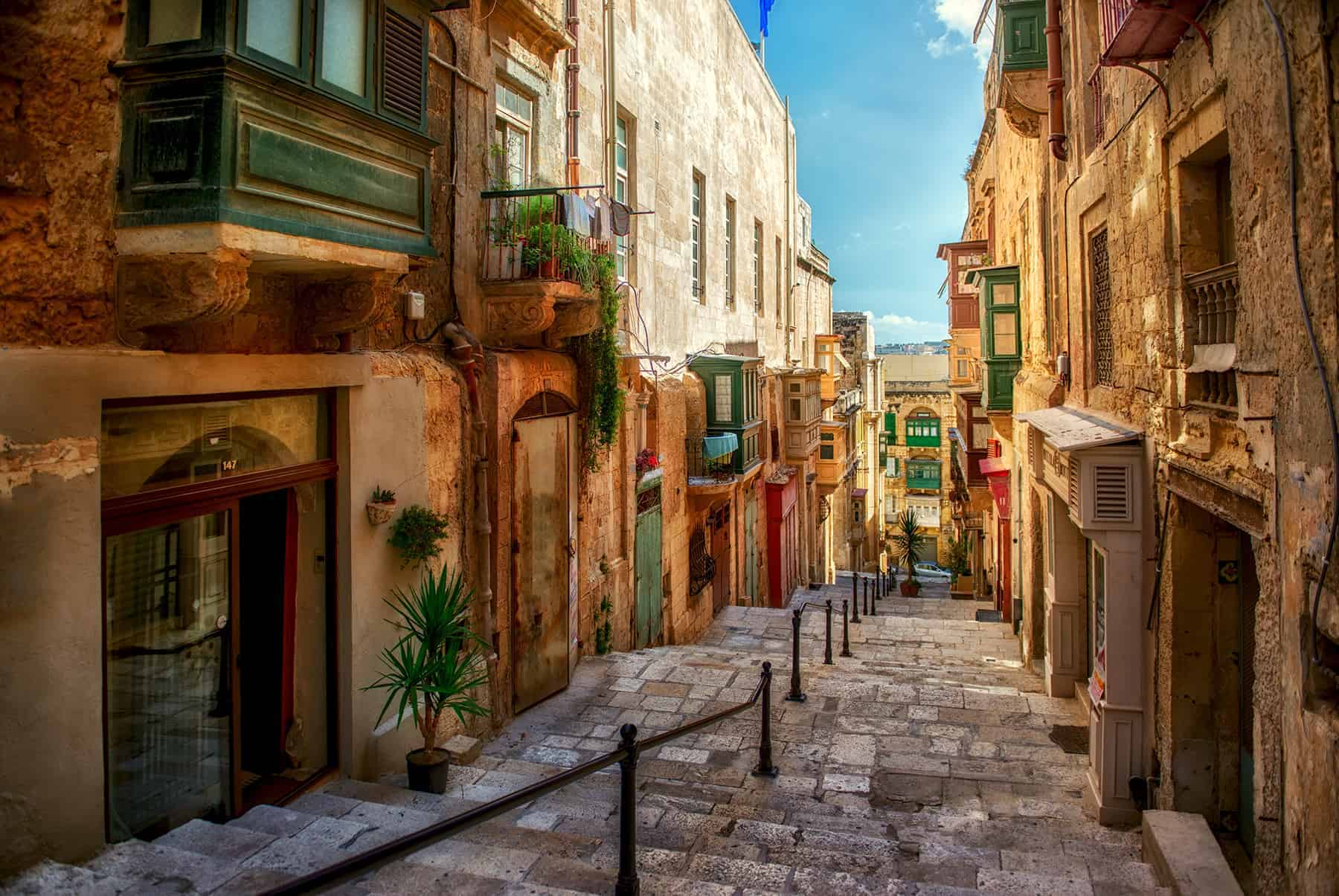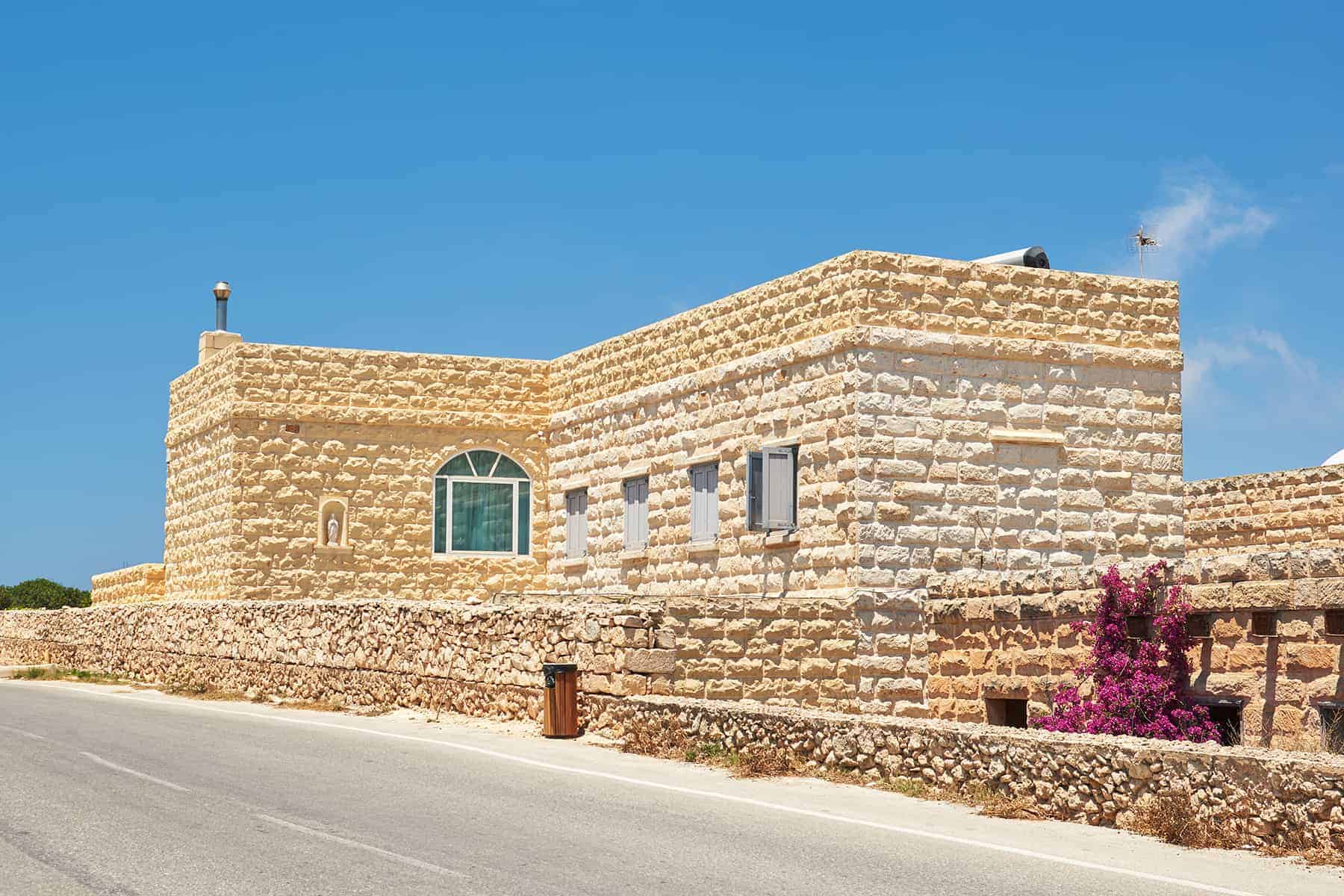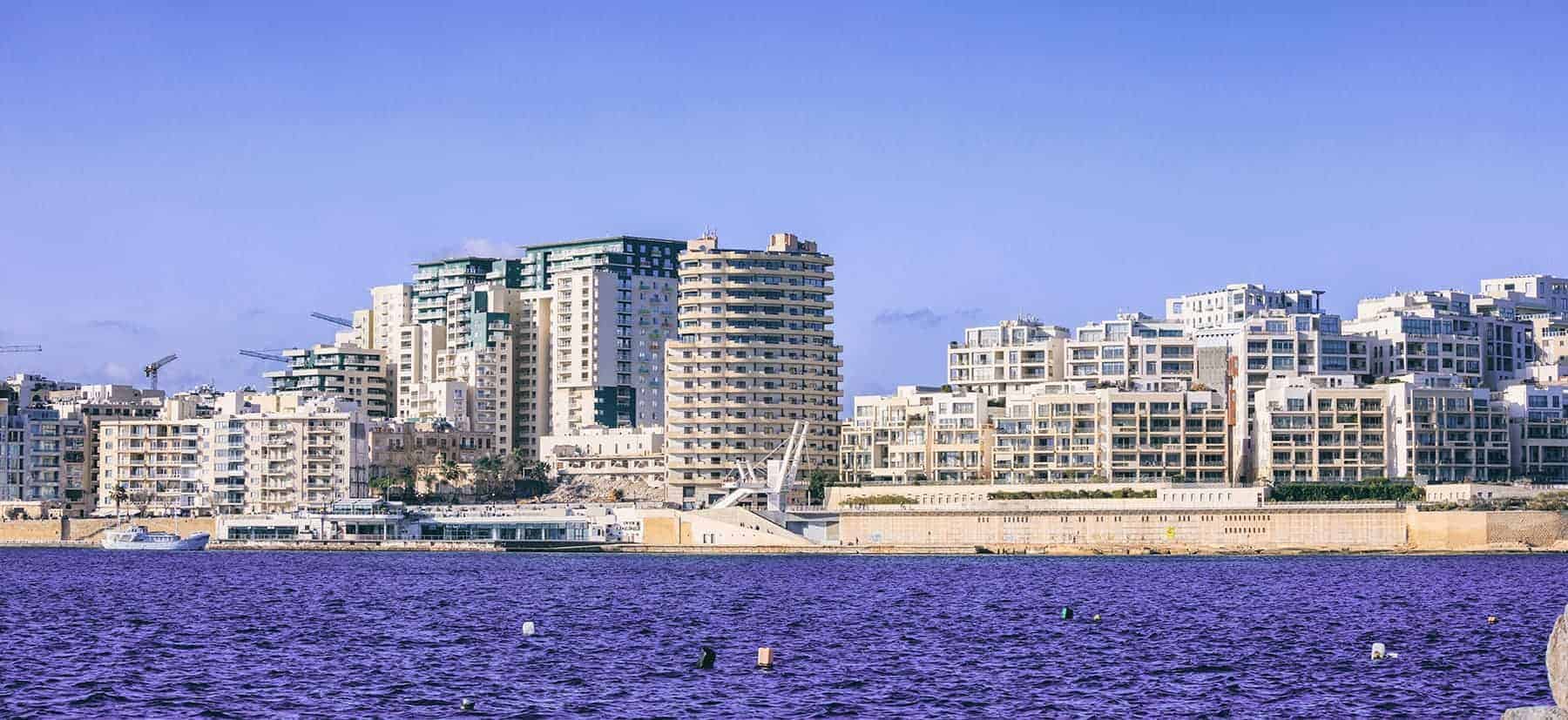Buying a property in Malta can be daunting for expats. You don't know the rules, how it's done, what's acceptable, and what to expect.
This guide will help you to understand the process and how to protect yourself when buying a property in Malta.
Malta's property market
Malta's property market is quite dynamic and offers a good choice of property for both rent and purchase. There is a wide range of different properties on offer, from old Maltese houses to modern apartments and high-spec, stunning villas.
Malta's property market has been quite balanced and steady due to the active interest of foreign buyers, with prices falling a little during the downturn but not significantly crashing.
Secure Peace of Mind with Best-Value International Health Coverage
International Citizens Insurance provide free, no-obligation quotes from the leading international health insurance providers with plans tailored to meet your needs. Trusted by thousands of expats worldwide.
What properties are available in Malta, and where to look for them
There's a great range of sophisticated new-build apartments, historic houses, converted palazzos, terraced houses, villas, and maisonettes to choose from.

Being a short distance from Italy, some historic central villages, with their elegant townhouses and ancient traditional homes, remind ones of Sicily, only more affluent, so the prices are considerably higher in Malta than in Sicily.
The hub of the island - St.Julian’s, Sliema, and the Three Cities - is one of the busiest and most popular areas of Malta.
It is densely built-up, so most of the available properties are apartments, either new builds or renovated, with prices heavily impacted by the property’s proximity to the seafront. The area is very popular with buy-to-let investors, and properties come with some impressive price tags.
You can find more information about Sliema, its costs, areas, and amenities in our Living In Sliema guide.
To get more space and less hustle, you should look west or east from the hub.
Gozo is cheaper than Malta in terms of property.
It can also offer centuries-old properties tucked away in sleepy farming villages as well as a number of new projects, such as the Fort Chambray renovation, which perfectly blends the island’s amazing scenery with the convenience of modern, highly specced apartments overlooking the harbor at Mgarr.
Buying a property in Malta's Special Designated Areas
Special Designated Areas (SDAs) for villas are dotted all over the islands.
Villas are quite expensive in Malta due to the lack of land, but if you buy one, you get a lot for your money - usually, the plot of land that comes with a villa is pretty big, and the house is usually quite spacious.
There's occasionally an opportunity to buy a villa built in the seventies and refurbish it. It will save you some money, but such villas are now rarely on the market.

If you wish to live in a traditional Maltese house, you need to look away from the hub to the south and southeast.
Traditional properties with character cost more to purchase due to their exclusivity, but you should also consider all the extra expenses that come with an old property.
Old houses in Malta can be up to 400 years old, with surprisingly thick stone walls and a little central courtyard.
They can usually be found straight off the narrow streets of old towns and villages, so they don’t have much outdoor space, but if tastefully renovated, they can be lovely homes full of charm and character.
As well as villas and traditional properties, there are also various new developments on offer around the country.
Most new-builds are located in Special Designated Areas and are normally high-profile, prominent developments due to their design, features, and amenities.
Properties in SDAs mostly consist of modern and highly-specced apartments, and as a rule, an SDA will have amenities on site.
For example, Tigne Point, a development in Sliema, includes a big shopping mall, cafes, offices, 385 apartments, and a marina on the nearby Manoel Island.
Because of their highest specifications and convenient locations, SDAs are very popular with locals as well as with international buyers, forming mixed communities of Maltese and expats of various nationalities.

The property purchasing process & fees
Buying a property in Malta for foreign citizens requires obtaining an AIP (Acquisition of Immovable Property) permit.
An AIP is not needed if a property that you wish to buy is in a Special Designated Area (SDAs) or is to serve as your primary residence.
However, after having been resident in Malta for at least five continuous years, you will be allowed to purchase any number of properties without restrictions.
When you have decided on the property you wish to purchase, the next steps are quite simple, making buying property in Malta a reasonably straightforward process.
Once a buyer has found a suitable property and the price and other terms and conditions are agreed upon with the seller, the buyer, and the seller enter into a Preliminary Agreement (the Promise of Sale, or “Konvenju”).
The Agreement is literally a promise to sell by the seller and a promise to buy by the buyer within a certain timeframe.
The Agreement also specifies other terms and conditions, such as the approval of the loan by a bank, structural checks of the property by an engineer or an architect of the buyer’s choice, etc.
During the term of the Agreement, Public Registry and Land Registry searches are carried out to establish the legal title of the property.
On signing the Preliminary Agreement, the buyer is required to pay 1% of the total sum of the stamp duty. The rest will be paid at the final deed. Usually, at this point, the buyer will pay a deposit of 10% of the agreed price for the property.
The Preliminary Agreement must be registered with the Commissioner of Inland Revenue within 1 one day of its signing.
If the searches on the property are concluded successfully, and nothing has been found to hinder the purchase, the Notary will draft the final deed of sale.
Upon the signing of the final deed, the buyer transfers the money to the seller, and the keys are handed over to the buyer, which completes the transfer of ownership.
When buying a property, one should factor in stamp duty, registration, notary charges, property searches, and legal fees, and a share of the agent's commission. In Malta, the buyer does not contribute to the agent’s fee, as this is paid fully by the vendor.
Stamp duty is 5 percent, legal fees – 1.5 percent, agent fees (paid by a vendor) – 5 percent plus VAT.
If a property you wish to buy is a new build, then you will need to budget for a new kitchen, too, for in Malta, kitchens are not included in the price.
If you acquire an older property, you might need to allocate some money to install heating and air-conditioning.
You might find useful:
- Living In Malta – The Expat’s Guide: everything you need to know to move to and settle down in Malta;
- The Best Places To Live In Malta For Expats - an overview of the most popular expat locations in Malta that can help you start your research into where in Malta you want to live;
- A Comprehensive Checklist For Moving Abroad – what you need to do before you leave the UK. Print out and tick off all those chores as you go along and get them done;
- Visit our Malta Country Guides page for more guides and information on Malta.
Secure Peace of Mind with Best-Value International Health Coverage
International Citizens Insurance provide free, no-obligation quotes from the leading international health insurance providers with plans tailored to meet your needs. Trusted by thousands of expats worldwide.




